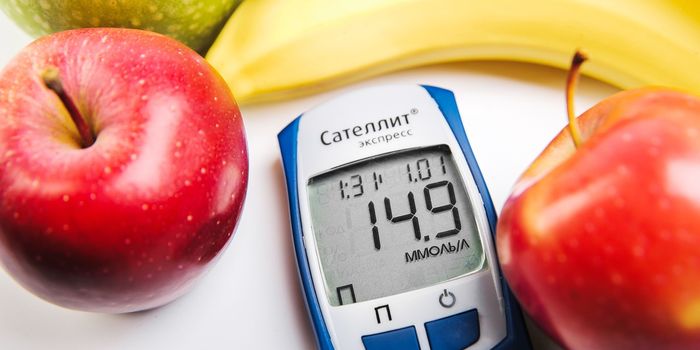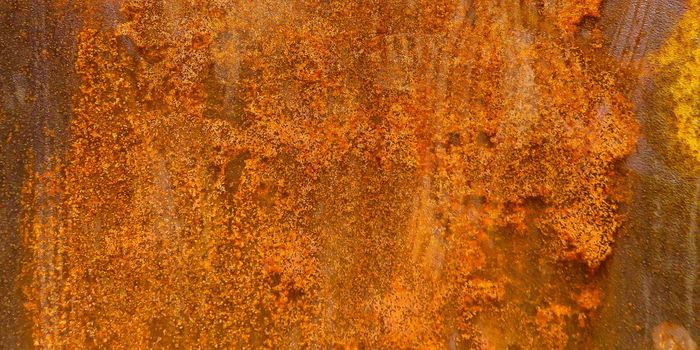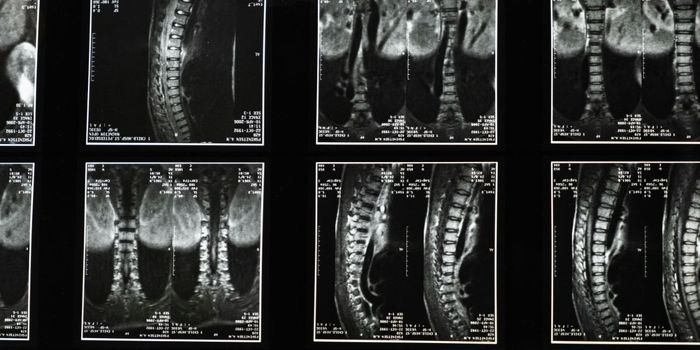What Is Atherosclerosis Anyway
Atherosclerosis is the main contributing factor for coronary artery disease. Defined by the National Heart, Lung and Blood Institute, atherosclerosis is a disease “in which plaque builds up inside your arteries.“ This plaque lines the walls of the arteries and eventually hardens. With fatty plaque obstructing the arterial passageway, blood flow is limited. This limited flow of blood creates a shortage of oxygenated blood throughout the body.
This condition can lead to life-threatening cardiovascular events including heart attack or stroke. A variety of diseases are associated with plaque buildup. Depending on which arteries are most affected by atherosclerosis, a person may develop coronary heart disease, peripheral artery disease, carotid artery disease or chronic kidney disease.
Many of the risk factors for atherosclerosis are under our control. These modifiable risk factors include a sedentary lifestyle, tobacco use, and a poor diet. The use of targeted fitness regimens has even been shown to prevent and reverse diseases of the heart, making exercise one of the most powerful tools we have for combating heart disease.
Unfortunately, some factors remain out of our control, for example, age.
The above video provides a detailed, easy-to-follow description of what happens within the body as atherosclerosis develops.
Sources: Khan Academy, National Heart, Lung, and Blood Institute








